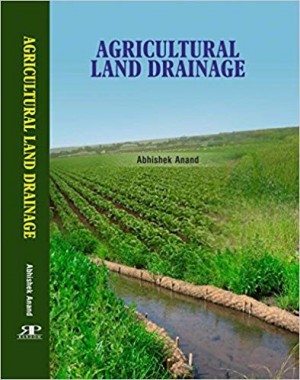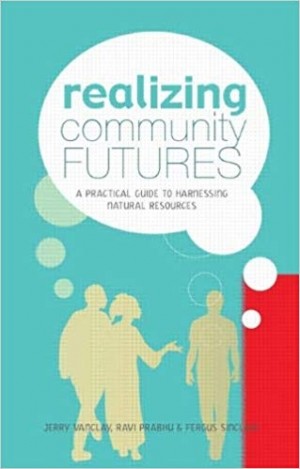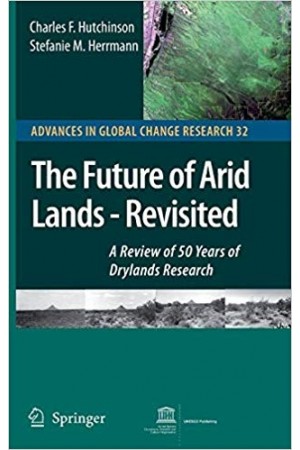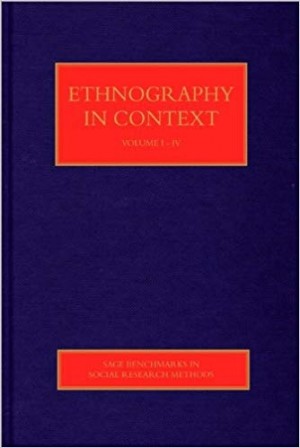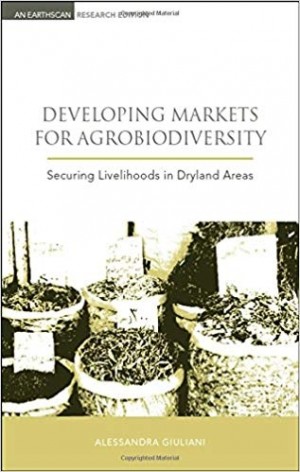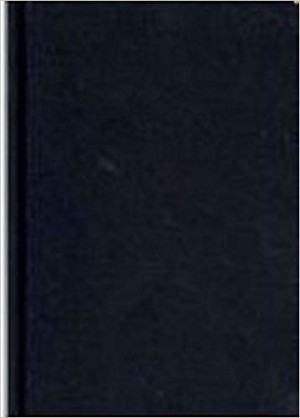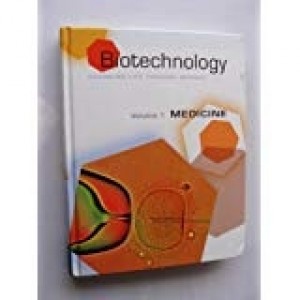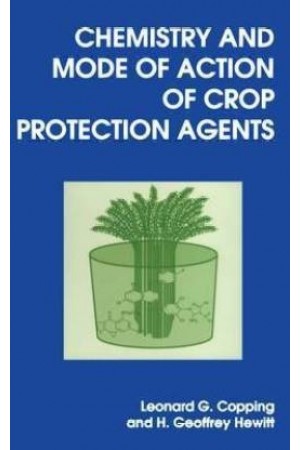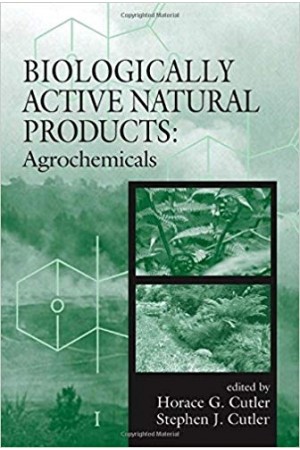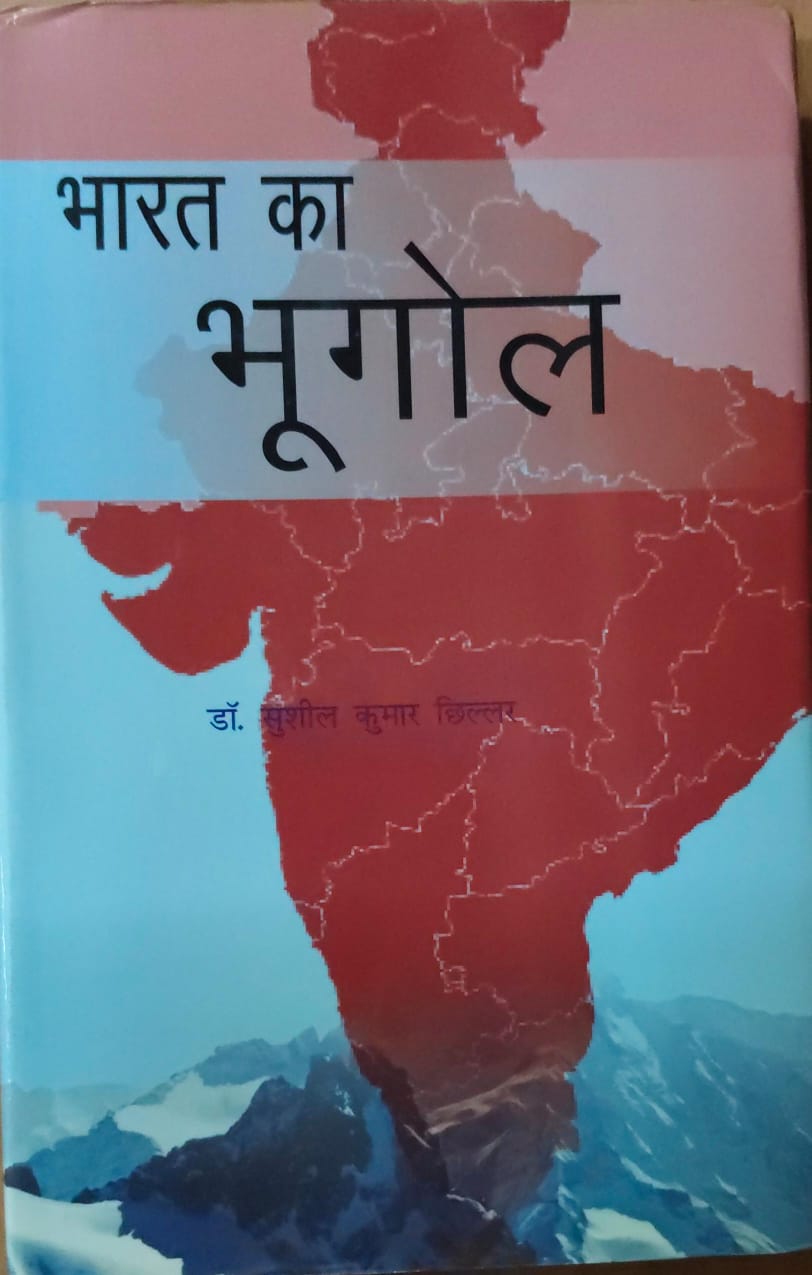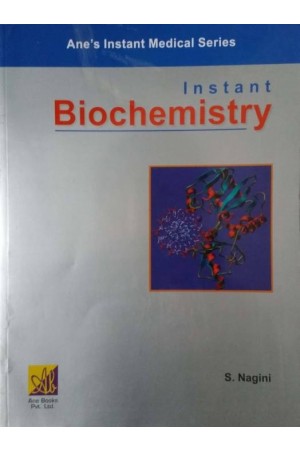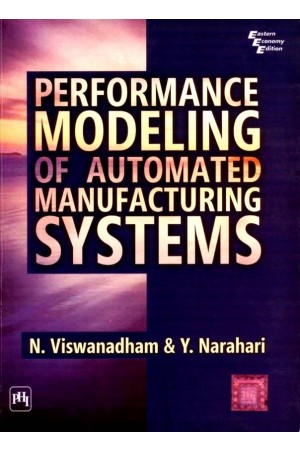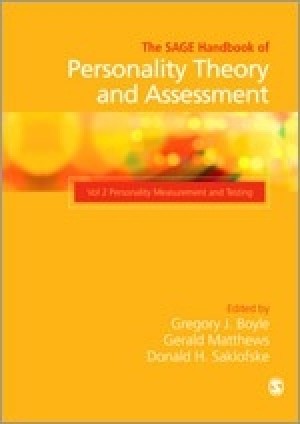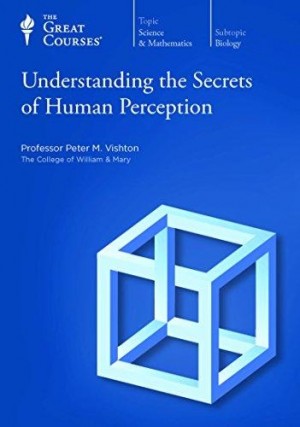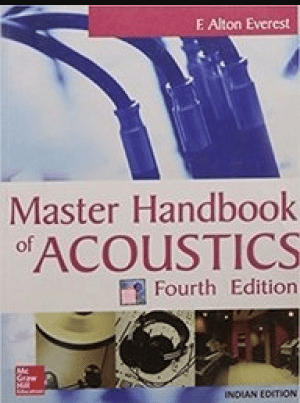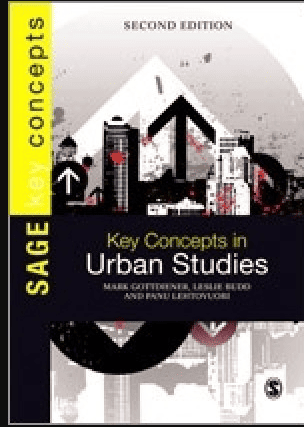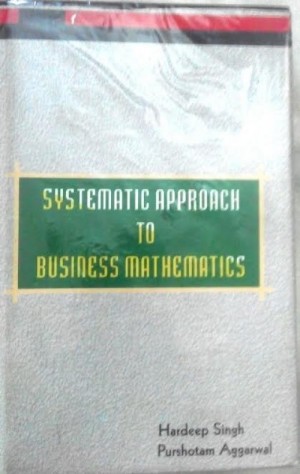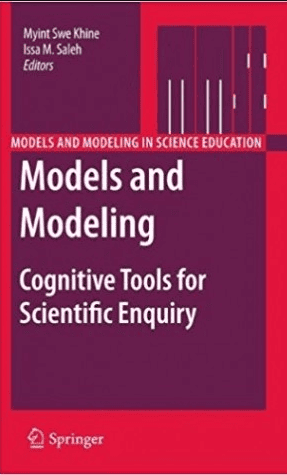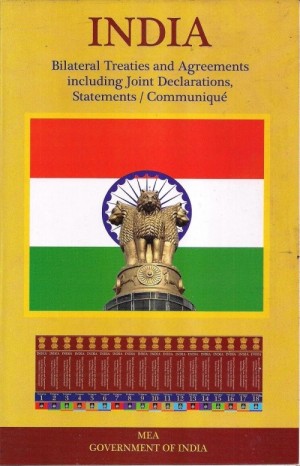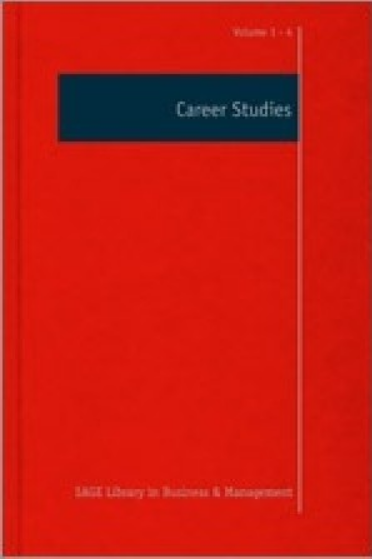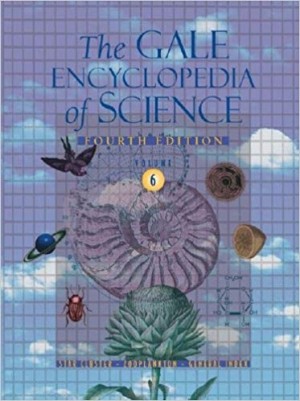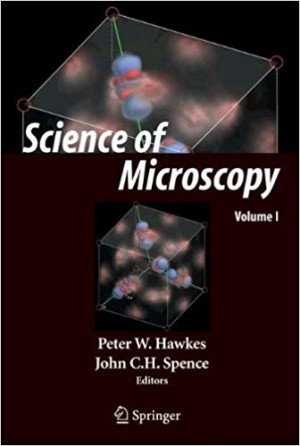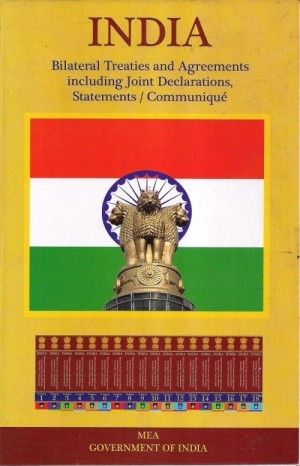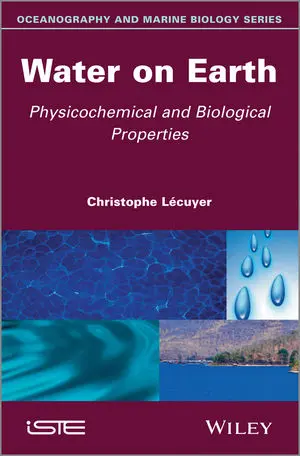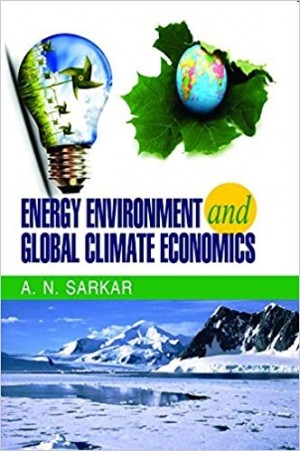- Online Book Store
- Wishlist
- Blogs
- Contact Us
- Login / Register
-
Subjects
- Agriculture
- Anthropology
- Architecture
- Ayurveda
- Chemistry
- Children Books
- Commerce / Economics / Management
- Competition / Placement
- Computer
- Education
- Encyclopedia / Reference / General
- Engineering & Technology
- English Literature / Language
- Environmental Science
- Food & Home Science
- Geography
- Geology
- Hindi
- History
- Home Page Book
- Home Science
- Hospital Management
- Journalism / Mass Communication
- Journals
- Law
- Library & Information Science
- Life Sciences / Biotechnology
- Material Science
- Mathematics
- Medical/Nursing/Hospital/Pharmaceutical
- Physics
- Political Science
- Psychology
- Rare Books
- Religion
- Research Method
- Sanskrit / Indology
- School Book
- Social Work
- Sociology
- Water Science
- Women Studies
- Yoga / Sports / Health
- Yoga,
- Home
-
Subjects
- Agriculture
- Anthropology
- Architecture
- Ayurveda
- Chemistry
- Children Books
- Commerce / Economics / Management
- Competition / Placement
- Computer
- Education
- Encyclopedia / Reference / General
- Engineering & Technology
- English Literature / Language
- Environmental Science
- Food & Home Science
- Geography
- Geology
- Hindi
- History
- Home Page Book
- Home Science
- Hospital Management
- Journalism / Mass Communication
- Journals
- Law
- Library & Information Science
- Life Sciences / Biotechnology
- Material Science
- Mathematics
- Medical/Nursing/Hospital/Pharmaceutical
- Physics
- Political Science
- Psychology
- Rare Books
- Religion
- Research Method
- Sanskrit / Indology
- School Book
- Social Work
- Sociology
- Water Science
- Women Studies
- Yoga / Sports / Health
- Yoga,
- About
- New Releases
- Catalogue
- Events
- Institution / Universities / Colleges
- Publish With Us
- Authors
- Home
-
Subjects
- Architecture
- Computer
- Anthropology
- Agriculture
- Ayurveda
- Chemistry
- Children Books
- Competition / Placement
- Commerce / Economics / Management
- Education
- Encyclopedia / Reference / General
- English Literature / Language
- Environmental Science
- Geography
- Geology
- Hindi
- Home Science
- Hospital Management
- History
- Journalism / Mass Communication
- Law
- Library & Information Science
- Life Sciences / Biotechnology
- Mathematics
- Physics
- Political Science
- Psychology
- Religion
- Research Method
- Sanskrit / Indology
- Sociology
- Social Work
- Women Studies
- Yoga / Sports / Health
- Home Page Book
- Rare Books
- Journals
- Yoga,
- Engineering & Technology
- Food & Home Science
- Material Science
- Water Science
- Medical/Nursing/Hospital/Pharmaceutical
- School Book
- About
- New Releases
- Events
- Catalogues
- Institution / Universities / Colleges
- Publish With Us
- Authors
The Soil A Comprehensive Text Book of Geotechnical Investigation
The Soil A Comprehensive Text Book of Geotechnical Investigation
- Availability: In 18 Stock
- Be the first to review this product
About the Book
Soil analysis is the most important Segment of geotechnical engineering. The usage of the correct methods and properly interpreting the results are critical to a successful investigation. This book The Soil-A Comprehensive Text Book of Geotechmical Investigation offers clear, concise and hands-on guidance for choosing and executing a variety of field investigations.
Content provides a comprehensive guide to the tools and techniques at our disposal, from standard penetration tests to cone penetration tests, and from soil classification to geophysical investigations. It delves into the intricacies of laboratory testing, shedding light on the properties of soil and rock that influence our decisions in the field. This script features an affordable alternative to larger handbooks and condenses the vital factors of a technical investigation into an easily digestible and readily accessible format. Renowned expert Adarsh Kumar also known as K. Adarsh discusses surface mapping, subsurface exploration and recovery of samples and cores, proper test boring procedures, the various geophysical methods and when each is appropriate, and a vriety of methods for determining index and engineering properties of soil in the lab and in situ. Texts also covers various methods for recovering samples and rock cores under diverse conditions. The author also discusses the role of geotechnical investigation and Civil engineering in structural risk reduction and disaster management.
This book will be quite useful as big tool to the students, research scholars, agriculturists and geotechnical engineers & experts of the subject.
Contents:
Chapter 1-Geotechnical Investigation for Structural Success
1.1 Introduction
1.2 Objectives of Geotechnical Investigation
1.3 Stages in Geotechnical Investigations
1.3.1 Site reconnaissance and desk study
1.3.2 Preliminary Geotechnical Investigation
1.3.3 Detailed Geotechnical Investigation
1.4 Methods of Investigation
1.4.1 Open Trial Pits
1.4.2 Sub-surface Sounding
1.4.3 Exploratory Boring
1.5 Boreholes/Trial Pits-Disposition & Depth of Exploration
1.5.1 Dispositions of Boreholes/Trial Pits
1.5.2 Depth of Exploration
1.6 Outlay of Geotechnical Investigation
Chapter 2-Field Testing and Sampling of Soil
2.1 Introduction
2.2 Standard Penetration Test (SPT)
2.2.1 Concept and Principle of SPT
2.2.2 List of Equipments and Accessories Needed
2.2.3 Procedure
2.2.4 Corrections in SPT Value
2.2.5 Observationn Table for SPT
2.2.6 Correlations
2.3 Static Cone Penetration Test (SCPT)
2.3.1 List of Equipments and Accessories Needed
2.3.2 Procedure
2.3.3 Observations
2.4 Dynamic Cone Penetration Test (DCPT)
2.4.1 List of Equipments and Accessories Needed
2.4.2 Procedure
2.4.3 Correlations of DCPT with SPT
2.4.4 Observations
2.5 Field Vane Shear Test
2.5.1 List of Equipments and Accessories Needed
2.5.2 Procdure
2.5.3 Observations
2.6 Types of Soil Sampling
2.6.1 Disturbed Sample
2.6.2 Disturbed but Representative Sample
2.6.3 Undisturbed Sample
2.7 Soil Sampling During Field Testing
2.7.1 In Open Pits
2.7.2 During Standard Penetration Test (SPT)
2.7.3 Sealing of Sample Tubes
Chapter 3-Index Properties of Soil
3.1 Introduction
3.2 Water Content Determination
3.2.1 List of Equipments and Accessories Needed
3.2.2 Procedure
3.2.3 Observations
3.3 Grain Size Analysis
3.3.1 Determination of Specific Gravity
3.3.2 Wet and Dry Sieve Analysis
3.4 Determination of Atterberg Limits
3.4.1 Determination of Liquid Limit
3.4.2 Determination of Plastic Limit
3.5 Tests for Density Determination
3.5.1 Light Compaction Test
3.5.2 Heavy Compaction Test
Chapter 4-Engineering Properties of Soil
4.1 Direct Shear Test
4.1.1 Introduction
4.1.2 List of Equipments and Accessories Needed
4.1.3 Procedure
4.1.4 Observation
4.2 Triaxial Test, Unconfined Compressive Strenght (UCS)
4.2.1 Introduction
4.2.2 List of Equipments and Accessories Needed
4.2.3 Procedure
4.2.4 Observation
4.3 Triaxial Test, Unconsolidated Undrained (UU)
4.3.1 Introduction
4.3.2 List of Equipments and Accessories Needed
4.3.3 Procedure
4.3.4 Observation
4.4 Triaxial Test, Consolidated Undrained (CU)
4.4.1 Introduction
4.4.2 List of Equipments and Accessories Needed
4.4.3 Procedure
4.4.4 Observation
4.5 Triaxial Test, Consolidated Drained (CU)
4.5.1 Introduction
4.5.2 List of Equipments and Accessories Needed
4.5.3 Procedure
4.5.4 Observation
4.6 California Bearing Ratio (CBR)
4.6.1 Introduction
4.6.2 List of Equipments and Accessories Needed
4.6.3 Procedure
4.6.4 Observation
CHAPTER 5-Geotechnical Investigation Reports
5.1 Introduction
5.2 Geotechnical Investigadtion Factual Report (GFR)
5.3 Geotechnical Investigadtion Interpredtative Report (GIR)
5.4 Geotechnical Design Report (GDR)
5.5 Geotechnical Closure Report
5.6 Submission of Reports
Chapter 6-Role of Geotechnical Investigation in Structural Risk Reduction
6.1 Introduction
6.2 Understanding Subsurface Conditions
6.3 Designing Resilient Foundations
6.4 Mitigating Settlement Risk
6.5 Addressing Liquefaction Hazards
6.6 Managing Slope Stability and Landslides
6.7 Informed Excavation and Retention Strategies
6.8 Enhancing Seismic Resilience
6.9 Selecting Construction Materials
6.10 Environmental Considerations
6.11 Ongoing Monitoring and Adaptation
6.12 Conclusion
Chapter 7-Civil Engineering in Disaster Mitigation
7.1 Introduction
7.2 Resilient Infrastructure Design
7.3 Retrofitting and Upgrading
7.4 Food Control and Drainage Systems
7.5 Earthquake-Resistant Design
7.6 Tsunami and Coastal Protection
7.7 Landslide Mitigation
7.8 Emergency Response Infrastructure
7.9 Infrastructure Monitoring and Early Warning Systems
7.10 Sustainable Development and Planning
7.11 Public Education and Awareness
7.12 Conclusion
No Tag(s).
Bought a Product, Please login & give your review !!
No Review(s).
Bought a Product, Please login & give your review !!



